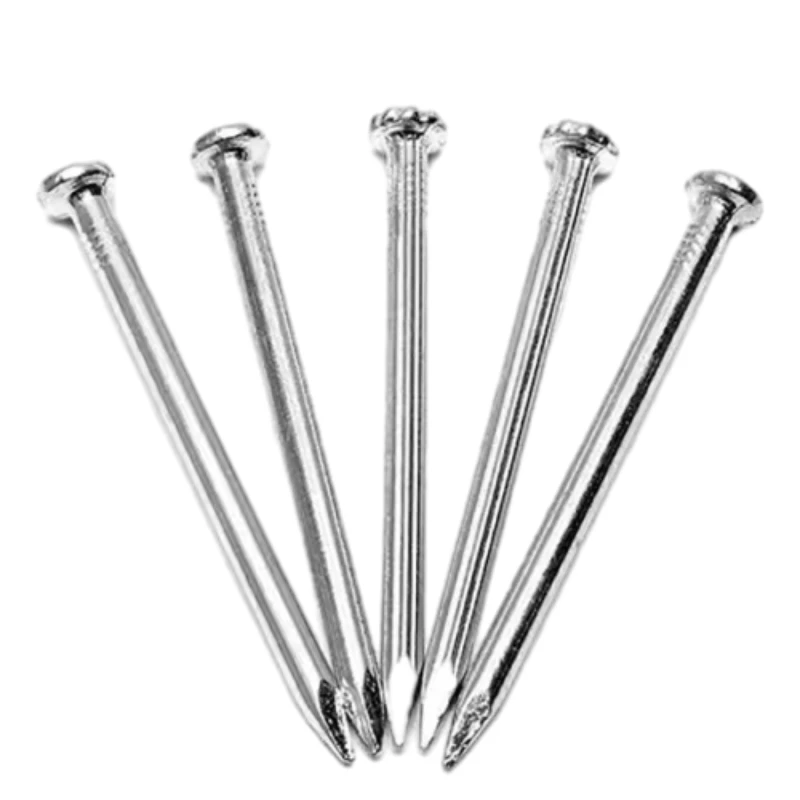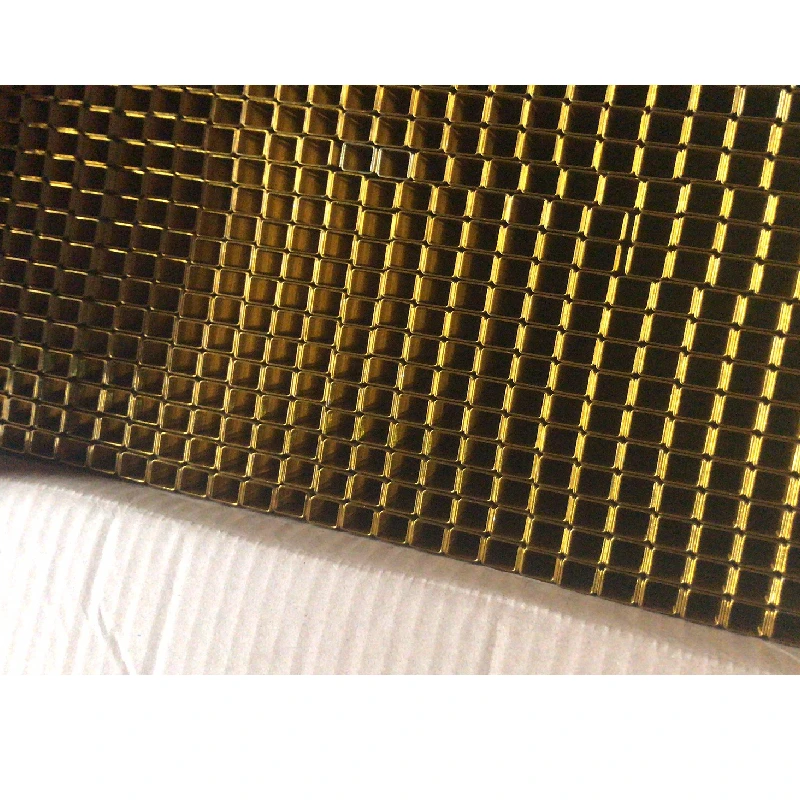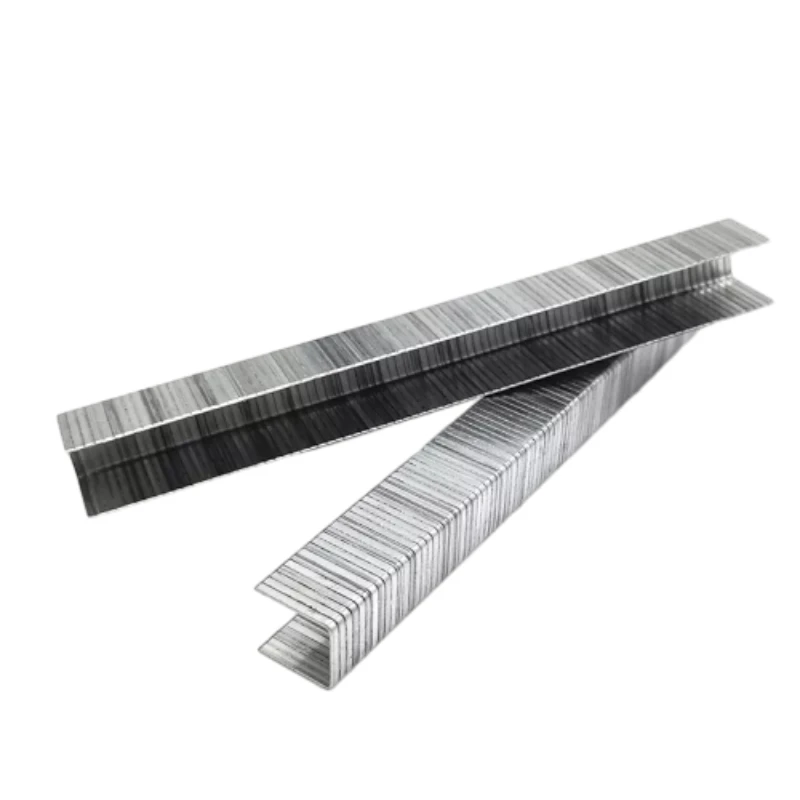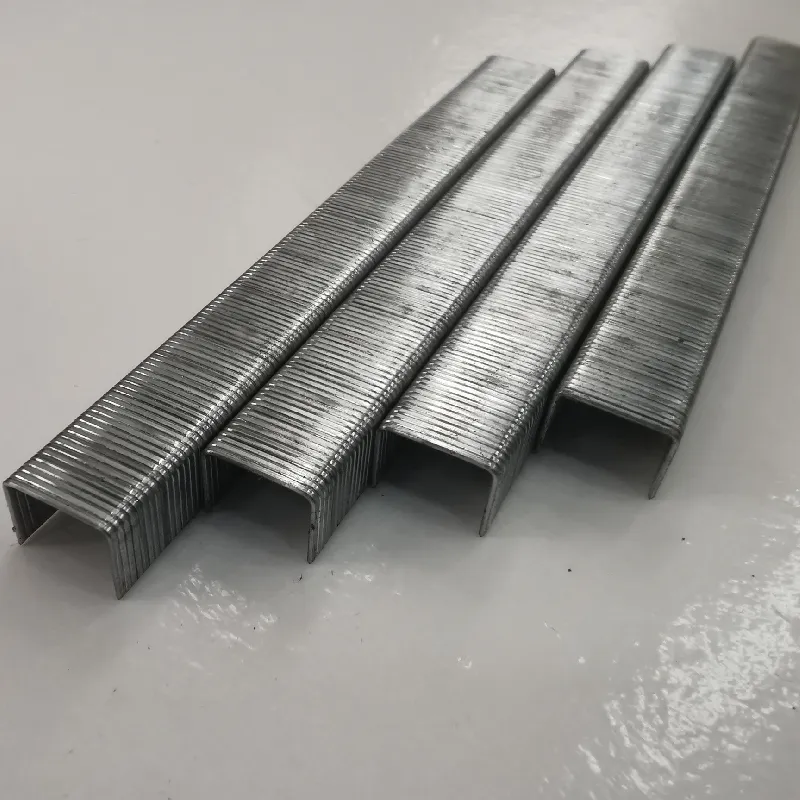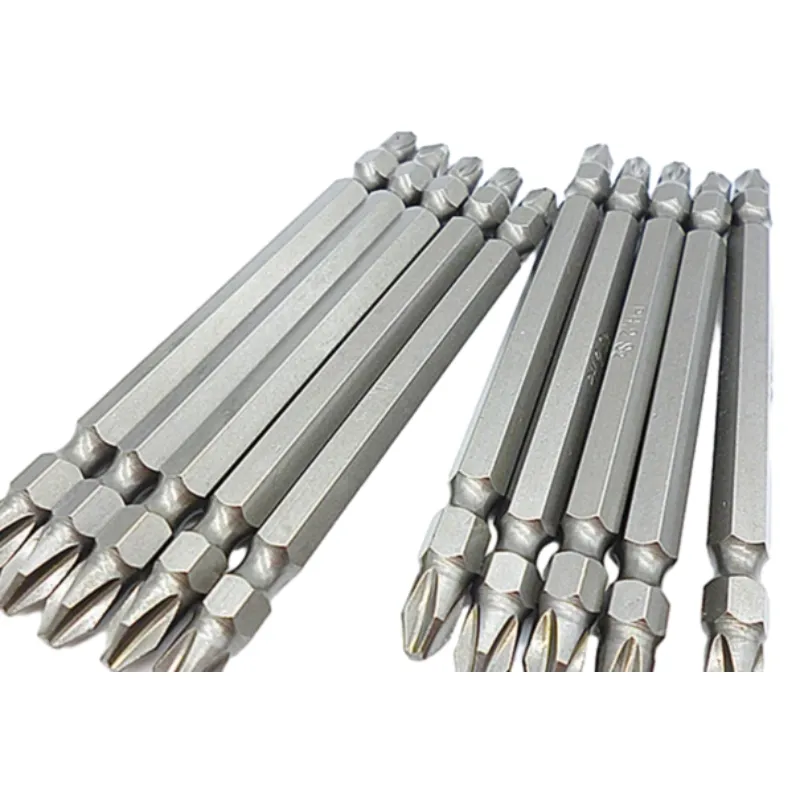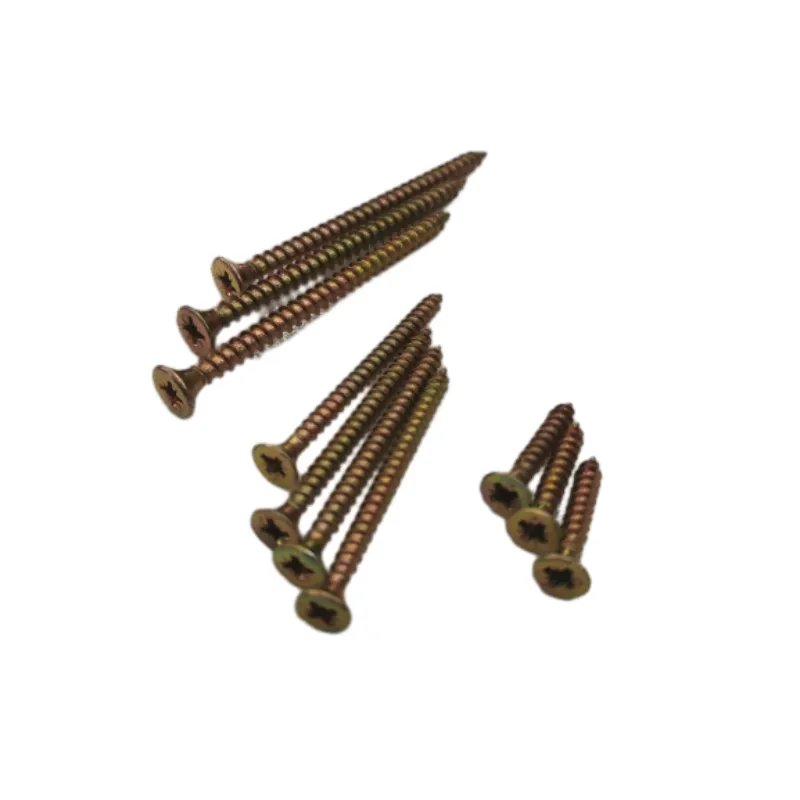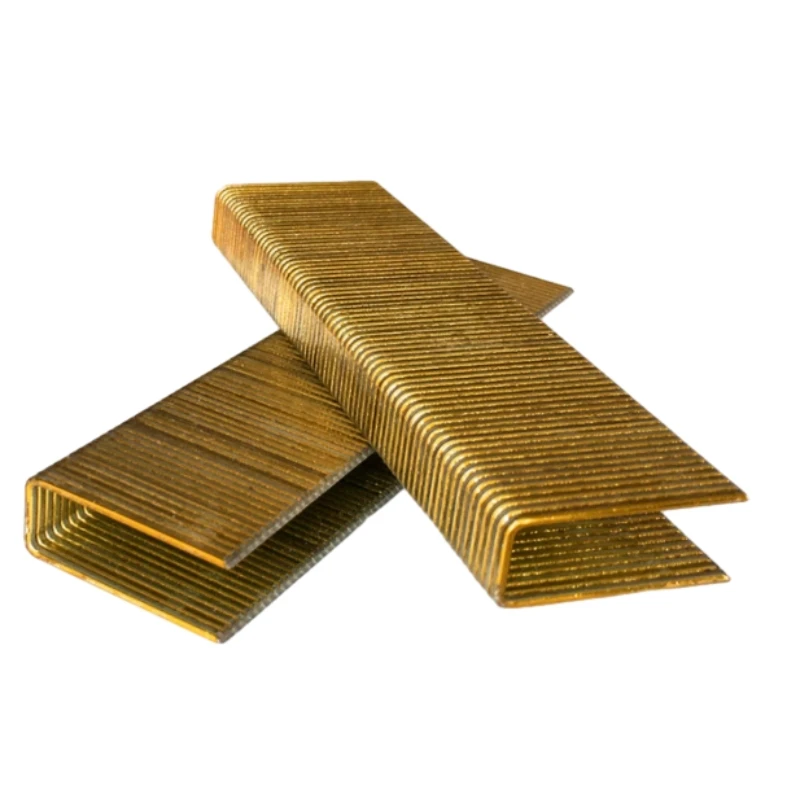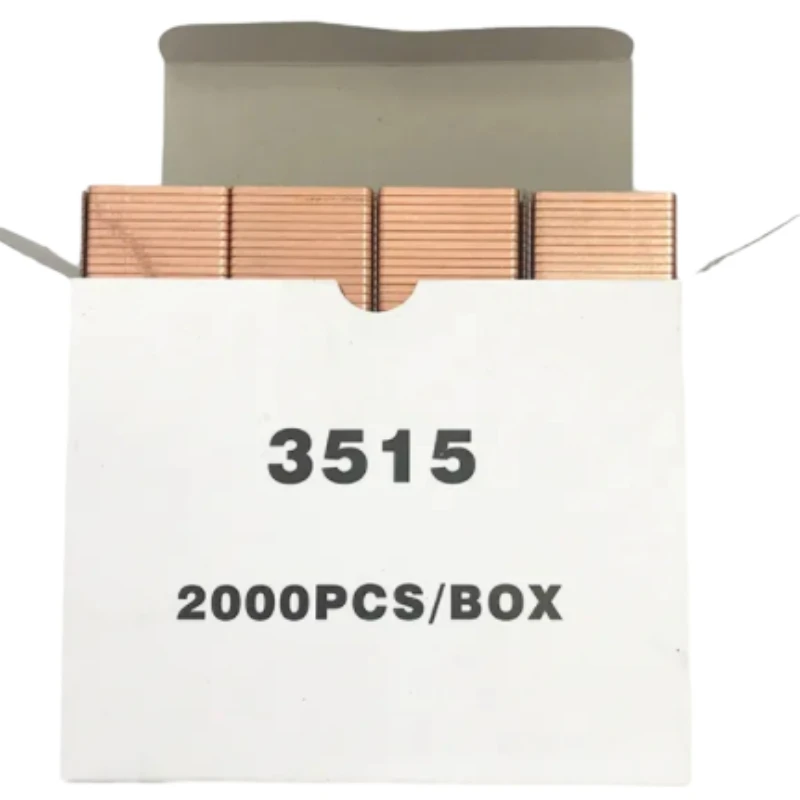Umumiy tirnoqlar
There are several common types of nails used in construction, woodworking, and general repair projects. Understanding the differences helps you choose the right nail for your specific application.
Common nails are among the most widely used types. They have thick shanks and large heads, providing strong holding power, making them ideal for framing, carpentry, and heavy construction. Their robust design helps resist bending under load.
Common framing nails are a subtype designed specifically for framing lumber. These nails are usually longer and thicker to securely fasten large wooden components like studs and joists.
For outdoor or corrosion-prone projects, aluminum common nails offer rust resistance. Aluminum is lightweight and ideal for projects involving aluminum or vinyl siding, though it’s less strong than steel.
Bright common nails are steel nails without coatings, giving them a shiny surface. They are suitable for interior applications where corrosion is not a concern.
Common cut nails are traditional nails with a rectangular cross-section and tapered points. They provide excellent holding power in wood and are often used in restoration or decorative projects to match historical styles.
Common roofing nails have broad heads and are used for fastening roofing materials such as shingles. They often come galvanized or coated to resist rust.
Choosing the right common nails type depends on the project, materials involved, and environmental conditions.
What Is A Common Nail And How Does It Differ From Other Nails?
A common nail is a versatile and sturdy nail used widely in framing, construction, and woodworking. It is characterized by a thick, round shank and a large flat head, providing excellent holding strength.
Compared to finishing nails or brads, common nails are thicker and longer, designed to withstand structural loads. This makes them ideal for heavy-duty tasks like framing walls, building decks, or securing plywood.
Common nails come in various sizes, typically ranging from 6d (2 inches) to 60d (6 inches), allowing flexibility depending on the lumber thickness.
One variant is the common framing nail, specifically intended for framing applications with optimal length and gauge for securing studs and joists.
Unlike bright common nails, which have no coating, some common nails are galvanized or coated to protect against rust when used outdoors.
Understanding the characteristics of a common nail helps ensure you select the proper fastener for strength and durability in your building project.
What Are Aluminum Common Nails And Their Best Applications?
Aluminum common nails are nails made from aluminum, offering unique benefits compared to steel nails. Their primary advantage is corrosion resistance, making them ideal for use in environments prone to moisture or where rust can cause issues.
Because aluminum does not rust, aluminum common nails are widely used in exterior applications like aluminum siding, soffits, and window trim. They are also suitable for marine environments or projects near saltwater.
However, aluminum is softer than steel, so these nails may not have the same holding power for structural framing or heavy construction tasks. They are best suited for light to medium fastening needs where corrosion resistance outweighs sheer strength.
Their bright, silvery appearance also makes aluminum common nails visually appealing in certain finish applications.
In summary, aluminum common nails provide an excellent choice for outdoor and corrosion-prone environments, especially when fastening aluminum or vinyl materials.
What Are Common Cut Nails And How Are They Used Today?
Common cut nails are traditional nails with a rectangular or square cross-section and a tapered, sharp point. Unlike wire nails, they are cut from flat steel strips, giving them a distinctive shape that provides superior holding power.
Historically, common cut nails were widely used in woodworking and construction before wire nails became popular. Today, they are often chosen for restoration projects, antique furniture repair, or decorative woodwork where maintaining historical accuracy is important.
Their unique shape helps the nails grip wood fibers better and reduces splitting, making them effective in hardwood flooring or siding.
Common cut nails are typically made from steel and can be finished in bright or galvanized forms depending on the application.
Using common cut nails today combines durability with a traditional aesthetic, making them a popular choice for specialty carpentry and preservation work.














































































































